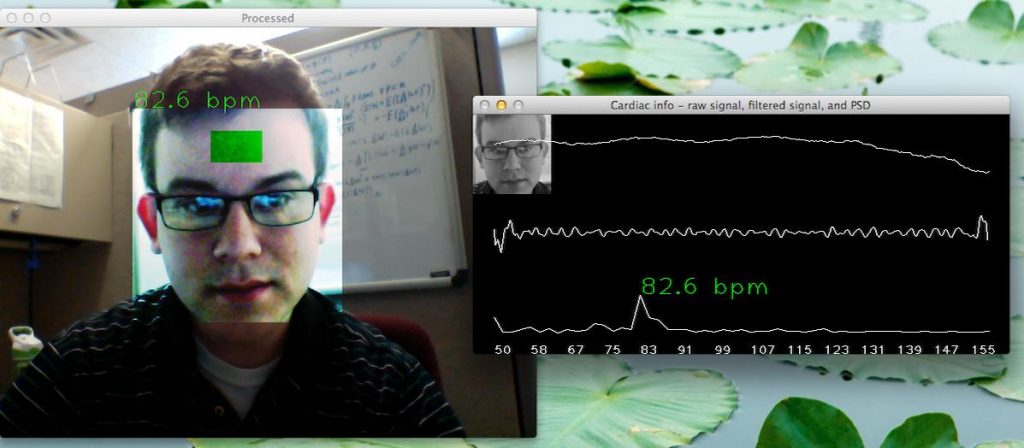In the realm of advanced artificial intelligence, the implementation of high-tech solutions to everyday problems has been nothing short of revolutionary. LiarLiar.AI, a groundbreaking AI lie detector, is one such innovation that is transforming the way we perceive truthfulness by incorporating the power of computer vision. But did you know that one of the essential functions of LiarLiar.AI is heart rate detection? Let’s delve into how LiarLiar.AI leverages computer vision to detect heart rate and contribute to its lie detection capabilities.
Unraveling the Mystery of Computer Vision
At the heart of LiarLiar.AI’s deception detection capability is the concept of computer vision, a domain of AI that enables machines to ‘see’ and interpret the visual world. For heart rate monitoring and lie detection, the ability of AI to interpret visual information becomes pivotal.

The Invisible Language of Your Heartbeat
A fascinating aspect of human physiology that LiarLiar.AI capitalizes on is that our face subtly changes color with each heartbeat. While these changes may be imperceptible to the human eye, they are easily captured by the vigilant ‘eyes’ of computer vision algorithms. This change in facial skin color is a direct result of the change in blood volume under the skin with each heartbeat – a phenomenon known as Photoplethysmography (PPG).

Remote Photoplethysmography (rPPG): A Key to AI Lie Detection
Remote Photoplethysmography (rPPG) is an advanced technique used by LiarLiar.AI to measure heart rate without any physical contact. It extracts the subtle changes in facial color due to blood flow changes from video feeds. These minute changes are picked up from the tiny fluctuations in the red, green, and blue color channels of digital videos. The subsequent analysis of this data leads to the identification of the heartbeat’s repeating pattern, which is crucial in AI lie detection.

Translating Facial Colors into Heartbeats
To make sense of the raw color signal data and translate it into a reliable heart rate – a significant factor in lie detection – LiarLiar.AI utilizes advanced algorithms, often based on Fast Fourier Transforms (FFT). These algorithms identify and analyze the frequency domain of the signal, thus determining the ‘rhythm,’ which corresponds to the heart rate.

through Arbitrary Resolution Videos
Privacy, Potential, and the Future of AI Lie Detectors
One of the most striking aspects of this method is its non-invasiveness and the privacy it offers. Since the data can be captured from a distance with no physical devices attached to the person being monitored, LiarLiar.AI brings about an innovative method of remote monitoring, providing an edge in the world of AI lie detectors.
In conclusion, heart rate detection using computer vision is a cutting-edge technique that has found robust applications in tools like LiarLiar.AI. As an AI lie detector, LiarLiar.AI’s application of this technology not only emphasizes the potential of computer vision in lie detection but also foreshadows a future where truth detection will be more sophisticated and non-invasive. LiarLiar.AI is undoubtedly paving the way for the next generation of AI lie detectors.